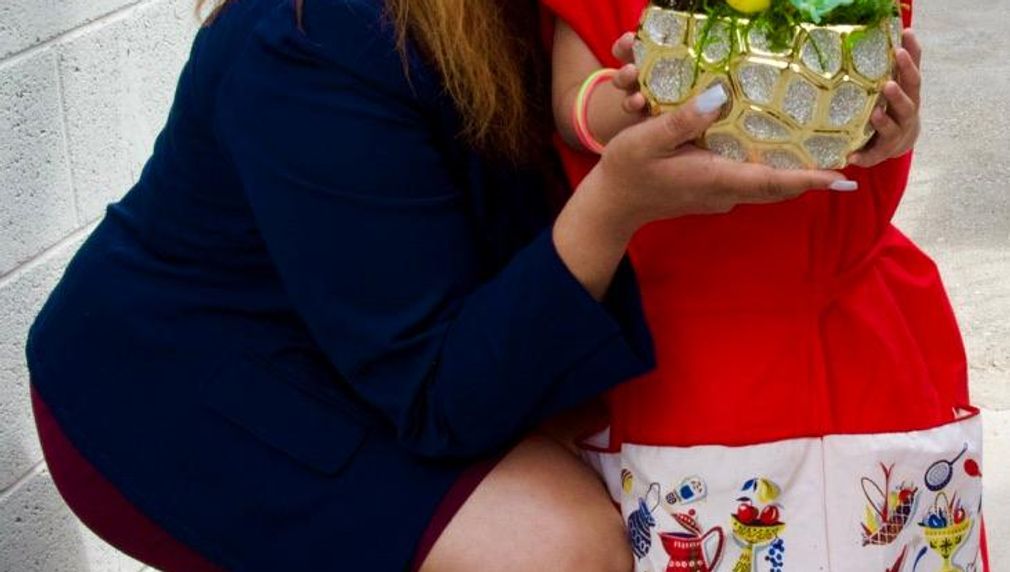Economic Advancement for Former Foster Youth
Our ultimate aim is to erase disparities in education, employment and well-being that affect former LA County foster-age youth especially within the African American population that make up 24% of the LA County foster system but yet only 10% of the LA County population.

What is the primary issue area that your application will impact?
Support for foster and systems-impacted youth
In what stage of innovation is this project, program, or initiative?
Pilot or new project, program, or initiative (testing or implementing a new idea)
What is your understanding of the issue that you are seeking to address?
The Conrad Hilton Foundation reports that 14,500 current and former foster youth ages 16-24 live in LA County. Within 4 years of aging out of foster care, ifoster reports: 70% will be on government assistance, 50% will be unemployed, 50% will experience homelessness, and 25% will not have completed high school. According to the Children’s Law Center of CA, youth in foster care often transition into adulthood without the tools and support they need to thrive. Youth exiting foster care shared that they often lacked strong and supportive relationships. The strategy of supporting foster youth in transitioning from high school to college is a vital part of BMCF’s mission. Our goal is to retain our scholarship awardees in active involvement with the BMCF through participation in on-going programs. Moreover, the Foundation is flexible enough to shift gears quickly as we listen to the voices of our youth.
Describe the project, program, or initiative this grant will support to address the issue.
What separates the BMCF from other local agencies is the ability to support current and former foster youth academically and financially to the degree that the Foundation does. We provide scholarships to applicants that have a history of foster care in Los Angeles County.
African American foster youth often feel they have no real history and consequently no real worth within the larger community. When these feelings of low self-worth are combined with the traumas of foster care the child/ adult that often emerges is fractionated and depressed. It is our hope that by introducing African American foster youth first to Biddy Mason and her remarkable story followed and supported by other stories of Black achievement, the pattern of disillusionment can be reversed.
Another unique aspect of bridging this historical social divide are the town halls that we host. The town halls have been designed to bring the larger community together with current and former foster youth. This pairing allows the Center to educate both foster youth and the community to African American History, art and to each other. The additional benefit is also to help remove the stigma the community often feels about foster youth. The town hall allows the community and foster youth to come together around topics of mutual interest such as FAFSA applications, DCFS resources, student-moms and parenting, legal challenges, housing issues, career choices, etc.
Describe how Los Angeles County will be different if your work is successful.
Former foster youth have experiences that are complex with layers of trauma that need to be unpacked but are not yet ready. But that very issue is holding them back from the life that they desire. BMCF is that support for them. When one of our board members was in the system [since middle school and including 3 different placements], there were a plethora of resources, but it didn’t make a difference until she met someone who she felt genuinely cared and would listen when she reached out. And even if they are not ready to receive help and guidance, we are ready with open arms to embrace them with kindness and gentleness that their souls very well need. We will be nearby until they have enough footing to stand on their own and write their story the way they want it to end.” And Los Angeles County will be different as a result of one generation guiding a new generation away from the foster and juvenile justice systems so that foster care will not be a part of their next generation.
What evidence do you have that this project, program, or initiative is or will be successful, and how will you define and measure success?
Our ultimate aim is to erase disparities in education, employment and well-being that affect former LA County foster-age youth especially within the African American population that make up 24% of the LA County foster system but yet only 10% of the LA County population. The essential needs of education, stable housing, and employment for current and former foster youth in LA County are being met by the BMCF through our relational approach in our programs, scholarships and other services offered. The structural challenge that the BMCF works to address is the provision of services, connections, skills and supports that enable youth in LA County who have experienced foster care to lead healthy, meaningful, and self-sufficient lives. This early-stage initiative is being measured by number of scholarship-recipient youth who: a) actively participate in our services/referrals, and b) complete post-secondary education. Currently we maintain close contact with 26% of awardees.
Approximately how many people will be impacted by this project, program, or initiative?
Direct Impact: 200.0
Indirect Impact: 400.0